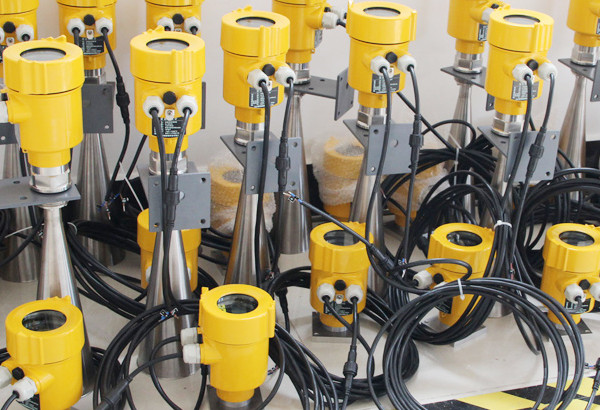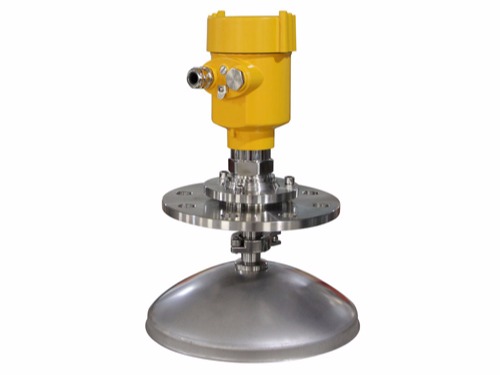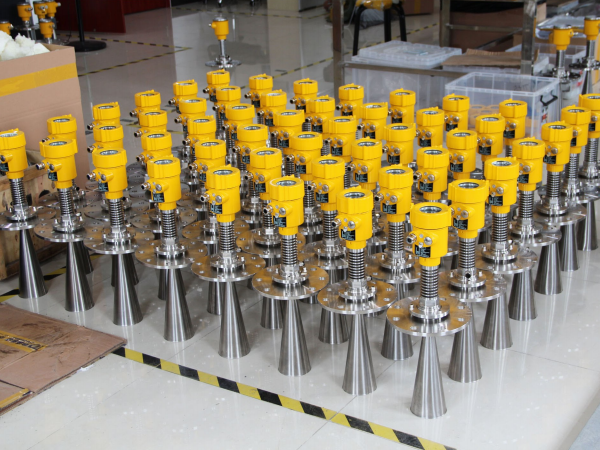Due to their non-contact measurement, high precision, and adaptability to harsh working conditions, radar level transmitters are widely used in various industrial level measurement tasks. This document provides an in-depth discussion on the application and advantages of radar level transmitters in transfer station level measurement.

Advantages of Radar Level Transmitters in Transfer Stations:
High Precision: Radar level transmitters can measure levels with millimeter-level accuracy and are unaffected by physical properties of the material, such as density or humidity. This allows precise level control, avoiding production interruptions or equipment damage caused by excessively high or low levels.
Adaptability to Harsh Environments: Transfer stations are typically harsh environments with significant dust, noise, and vibration. Radar level transmitters use non-contact measurement methods, avoiding direct contact with materials, reducing wear and maintenance costs, and maintaining stable operation even in dusty, noisy settings.
Strong Anti-Interference Capability: The electromagnetic waves of radar level transmitters have strong penetration ability, able to penetrate dust, steam, and other interference sources to ensure data accuracy. Intelligent software also identifies and eliminates false echoes, further enhancing measurement reliability.
Safety and Reliability: Since radar level transmitters use non-contact measurement methods, they do not require sensors to be installed inside tanks, greatly reducing risks of sensor corrosion, material buildup, and damage. The explosion-proof design of radar level transmitters also makes them suitable for flammable and explosive environments, ensuring production safety.

Examples of Application:
Coal-fired Power Plants: In coal-fired power plants, conveyor transfer stations are critical in material transportation. Due to the high dust levels and the brittle nature of materials, traditional contact level measurement equipment struggles to meet requirements. Radar level transmitters, with their high precision, real-time performance, and environmental adaptability, have become ideal alternatives. For instance, a thermal power plant using radar level transmitters for level measurement significantly improved logistics management efficiency and accuracy.
Cement Plant Storage Systems: Cement plants have strict requirements for level measurement. Radar level transmitters perform excellently in these environments, accurately measuring changes in cement silo levels and processing complex echo signals via intelligent software to ensure stable, reliable measurements. Additionally, their strong corrosion resistance enables long-term stable operation in harsh cement plant environments.
Grain Storage Warehouses: Accurate level measurement is crucial for ensuring grain safety. Radar level transmitters can operate stably in high-temperature, high-humidity environments and effectively prevent grain dust from impacting measurements. By monitoring changes in silo levels in real-time, management can adjust warehousing strategies promptly, avoiding grain waste and loss.

Radar level transmitters play a vital role in transfer station level measurement due to their unique advantages. With continuous technological advancement and broader applications, further innovative designs and technologies are expected to emerge, advancing the intelligence and efficiency of industrial production.
